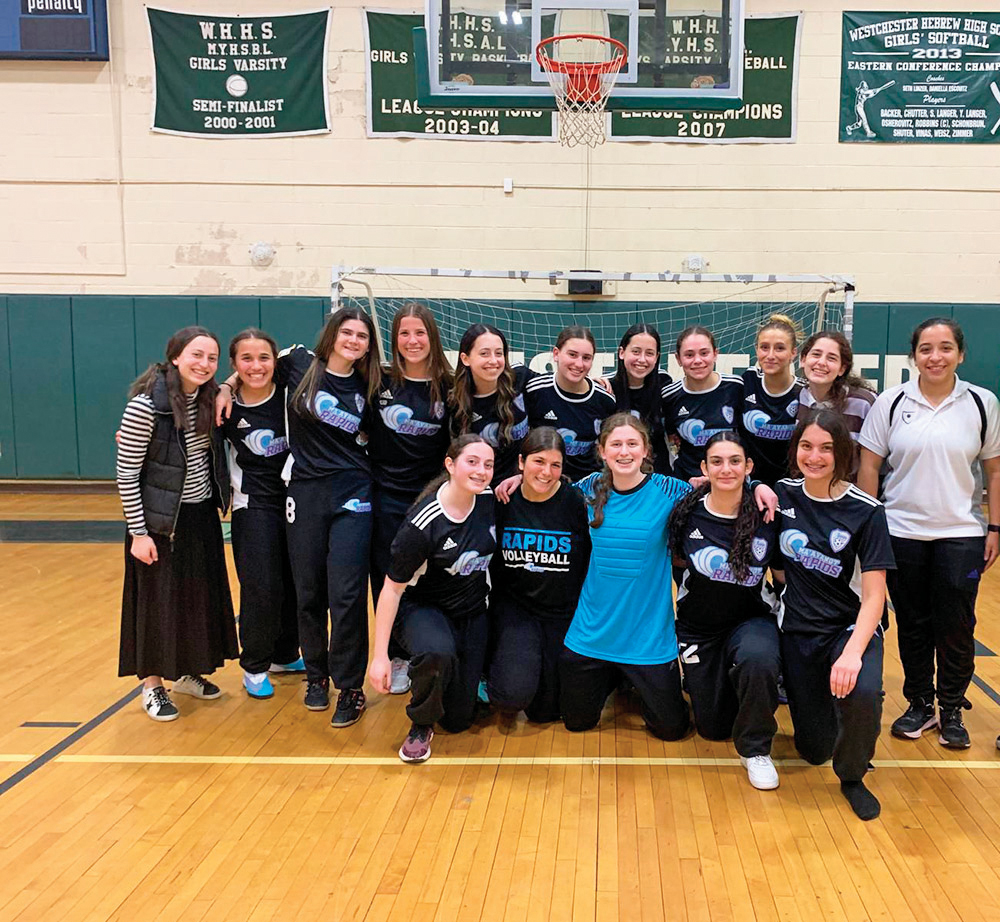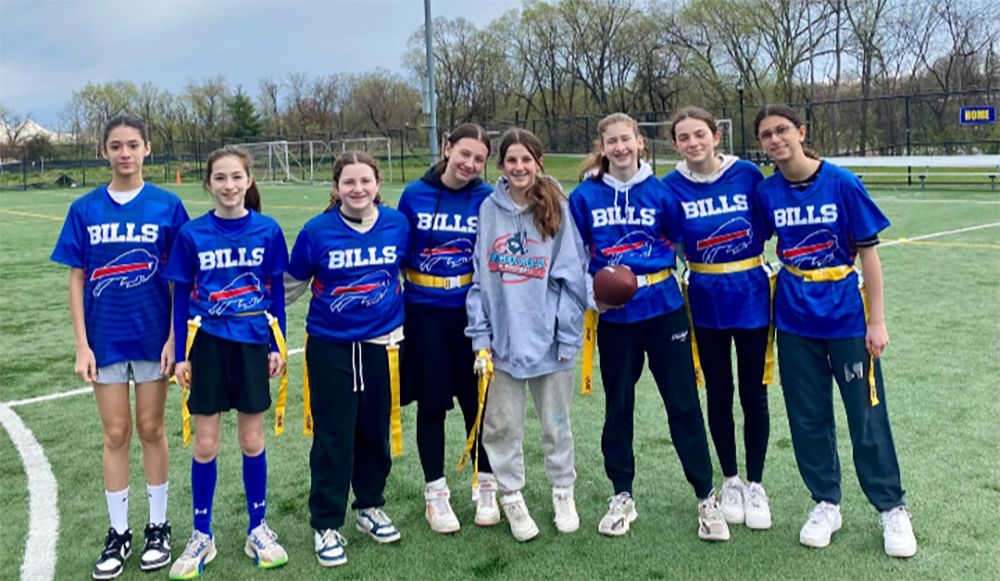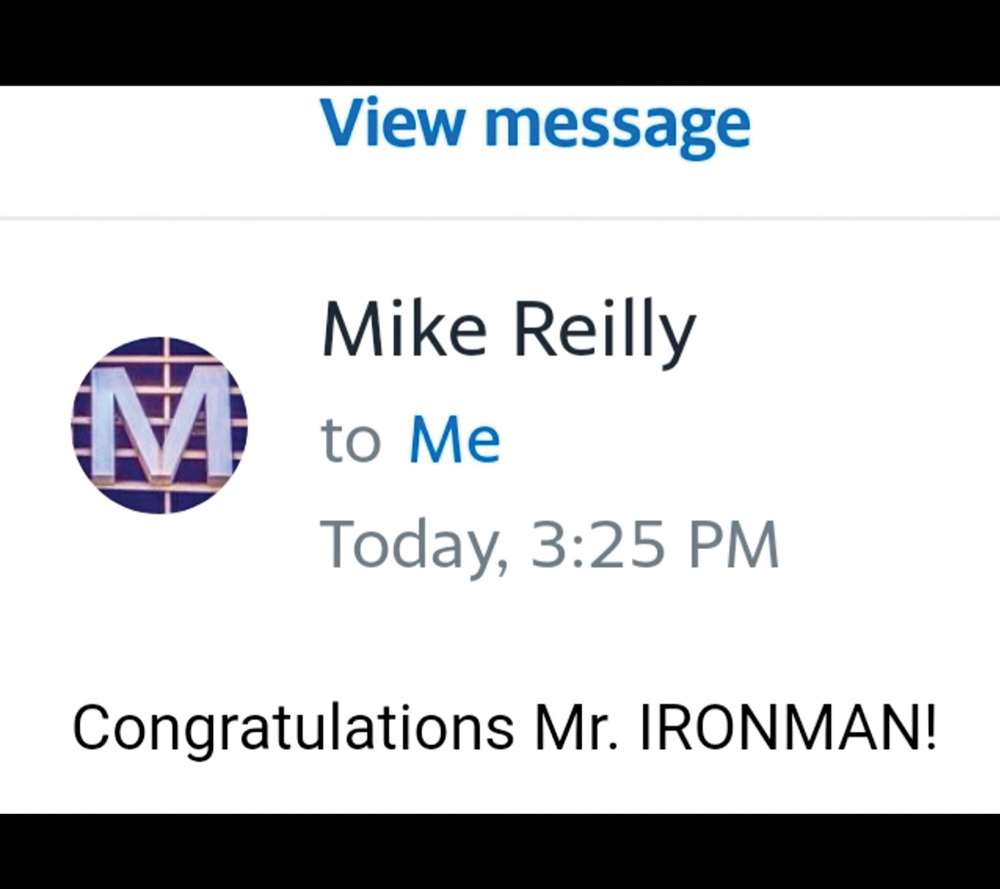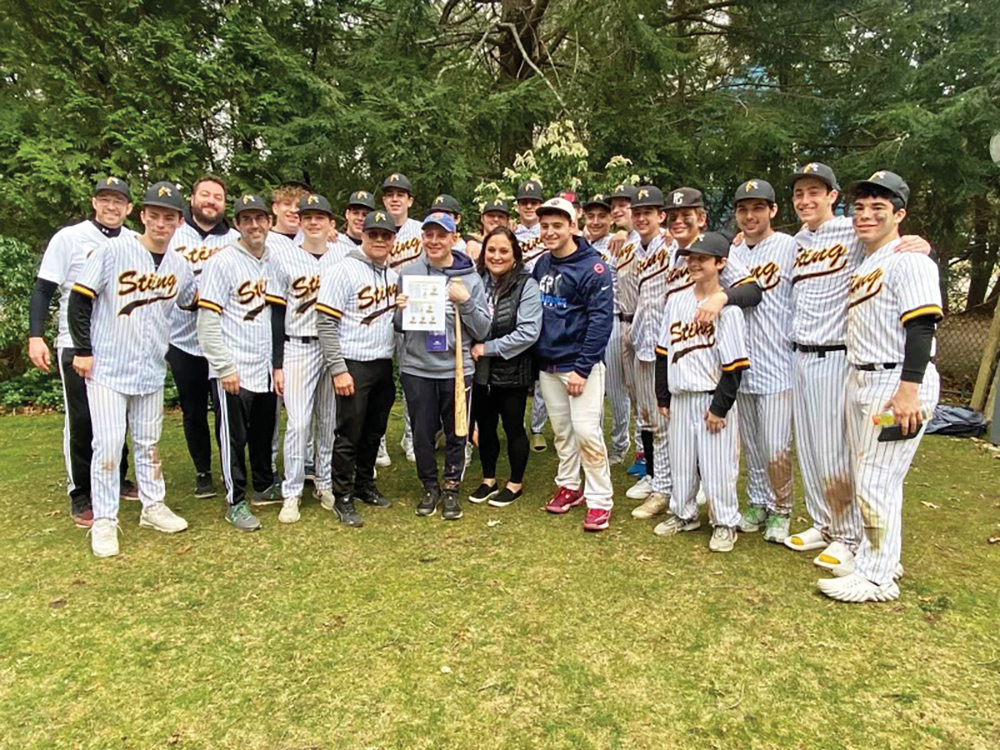
My nephew just turned 12. Last week, we celebrated his birthday with a special breakfast in his honor. The birthday breakfast has been our family’s tradition since my children were young, and usually includes some of the guest of honor’s favorite foods and treats. My nephew loves cotton candy grapes, so, when I came across them at the supermarket, I made sure to get a few packs for his birthday breakfast.
A decade ago, cotton candy grapes did not exist. Today, it is a gourmet grape selling for about $5 a pound. While my nephew appreciates the taste of this uber sweet grape, other children and young adults within our community and across the country are relishing the taste of cotton candy in another form non-existent from a decade ago––the electronic cigarette.
An e-cigarette uses liquid that contains a mix of flavors and nicotine, which is then heated electronically. The e-cigarette has many names, including “e-hookahs,” “mods” and “vape pens.” Cotton candy vape juice is just one of many enticing flavors available for use with the e-cigarette.
Cotton candy flavor “juice” has five stars on the website ecigaretteempire.com, one of many sites where it’s for sale. Here’s how this website describes this nicotine sensation: “Cotton Candy has the flavor profile of a cotton candy flavored fizzing candy and let me tell you this much. This candy flavored e juice is one of the best premium vape juices that we have ever put onto our coils. Point. Blank. The inhale brings forth a sweet goodness of carnival cotton candy and it will have you chain vaping before you know it! Upon exhaling is when the fizzing candy adds a twist to this story and really seals the deal.”
Like many, I had heard that vaping is a safer alternative to smoking, and that many people use this product to stop smoking. Since I didn’t smoke or vape—or know anyone who did—I had no reason to question that information. Then, this past August, my friend’s daughter ended up in the emergency room for what was initially diagnosed as pneumonia. Unbeknownst to her parents, their vibrant 18-year-old girl had vaped for two and a half years undetected before her father rushed her to the emergency room on Aug. 15.
Within 48 hours of being admitted to the hospital, Simah Herman’s lungs failed, and she was put on a ventilator and put into a medically induced coma. As of Aug. 17, there was little belief that Herman would survive.
After a 10-day hospital ordeal, Herman has become an outspoken anti-vaping advocate. On her Instagram post, Herman stated: “Vaping is advertised as ‘a healthier alternative to smoking’ which is false. Whether it’s nicotine or weed, vaping can be fatal. I was lucky. The doctors didn’t think I was going to make it but with prayers from family and friends I pulled through after almost a week on a ventilator.”
The Big Tobacco companies of yesteryear hid the dangers of smoking and second-hand smoke. Behind the curtain of their deception, generations of children and adults formed nicotine habits, which many paid for with their lives. As recently as 2006, Judge Gladys Kessler of the U.S. District Court for the District of Columbia found that the tobacco companies conspired for decades to defraud the public about the health risks associated with smoking. “In order to sustain the economic viability of their companies, defendants have denied that they marketed and advertised their products to children under the age of 18 and to young people between the ages of 18 and 21 in order to ensure an adequate supply of ‘replacement smokers,’ as older ones fall by the wayside through death, illness or cessation of smoking,” Kessler said. United States v. Philip Morris USA, Inc., 449 F. Supp. 2d 1, 28 (D.D.C. 2006)
Today, in an almost déjà vu-like marketing scheme, nicotine has been repackaged to be more expensive, more flavorful and more decorative. A pod is available in a myriad of candy, fruit and mint flavors. E-cigarettes and other similar devices come in many shapes, colors and styles. They are low maintenance––they require aUSB chargers to keep them operating (no matches or ashtrays required).
And just like Big Tobacco did decades ago, e-cigarette manufacturers are encouraging false claims about the safety of their products and are marketing their products to our youth. (https://www.fda.gov/news-events/press-announcements/fda-warns-juul-labs-marketing-unauthorized-modified-risk-tobacco-products-including-outreach-youth; https://truthinitiative.org/press/press-release/examining-juuls-role-youth-e-cigarette-epidemic)
In addition to the obvious vaping related lung damage publicized of late, there are lesser-known side effects that can cause long-term damage, especially to youth. According to the Surgeon General’s Advisory, nicotine exposure during adolescence can:
harm the developing brain,which continues to develop until about age 25
impact memory, learning, and attention;
increase risk for future addiction to other drugs.
Further, the aerosol fumes may expose both the users and bystanders to other harmful substances, including heavy metals, volatile organic compounds, and ultrafine particles that can be inhaled deeply into the lungs. (https://e-cigarettes.surgeongeneral.gov/documents/surgeon-generals-advisory-on-e-cigarette-use-among-youth-2018.pdf)
The FDA reports that e-cigarette use has increased by 78% among high schoolers and 48% among middle schoolers in just one year from 2017 to 2018. (https://www.fda.gov/tobacco-products/youth-and-tobacco/2018-nyts-data-startling-rise-youth-e-cigarette-use)
“The No. 1 reason young people say they try these devices is because they have flavors in them,” Surgeon General Jerome Adams said in a news conference, noting that e-cigarettes come in kid-friendly flavors. (https://www.yalemedicine.org/stories/teen-vaping). In fact, Herman began her vaping habit after being offered one of JUUL’s most popular flavors, mango, at her local Jewish high school, by a classmate (who still vapes).
According to CNN.com, former student athlete Adam Hergenreder, from Illinois, agreed that vaping “‘tasted good,’” unlike a cigarette. Hevaped for about 18 months before he ended up in the hospital connected to IVs and oxygen tubes. His lungs are now likened to those of a 70-year-old’s and he gets winded walking up the stairs. “‘If I had known what it was doing to my body, I would have never even touched it, but I didn’t know,’” he told CNN reporters. “‘I wasn’t educated.’” (https://www.cnn.com/2019/09/11/health/vaping-lung-illness-illinois-teen-profile/)
To date, there is limited oversight on this booming industry. According to the National Law Review, “E-cigarette manufacturers have thus far been able to sell products without FDA approval.” (https://www.natlawreview.com/article/smoke-countdown-vape-enforcement-discretion-begins)
As of Sept.19, eight people have died from vaping and there are more than 530 possible cases of lung illness associated with vaping in the U.S. (https://www.nytimes.com/2019/09/19/health/vaping-cdc.html)
In an ironic twist, some are turning back to smoking cigarettes to help kick their vaping habit. (https://www.latimes.com/business/story/2019-09-16/vapers-seek-relief-from-nicotine-addiction-with-cigarettes).
Keep your family safe. Stick to grapes.
Shosh Sragow practices law with her husband, Allen Sragow, who is lead counsel for their Teaneck-based law firm, Sragow & Sragow.













